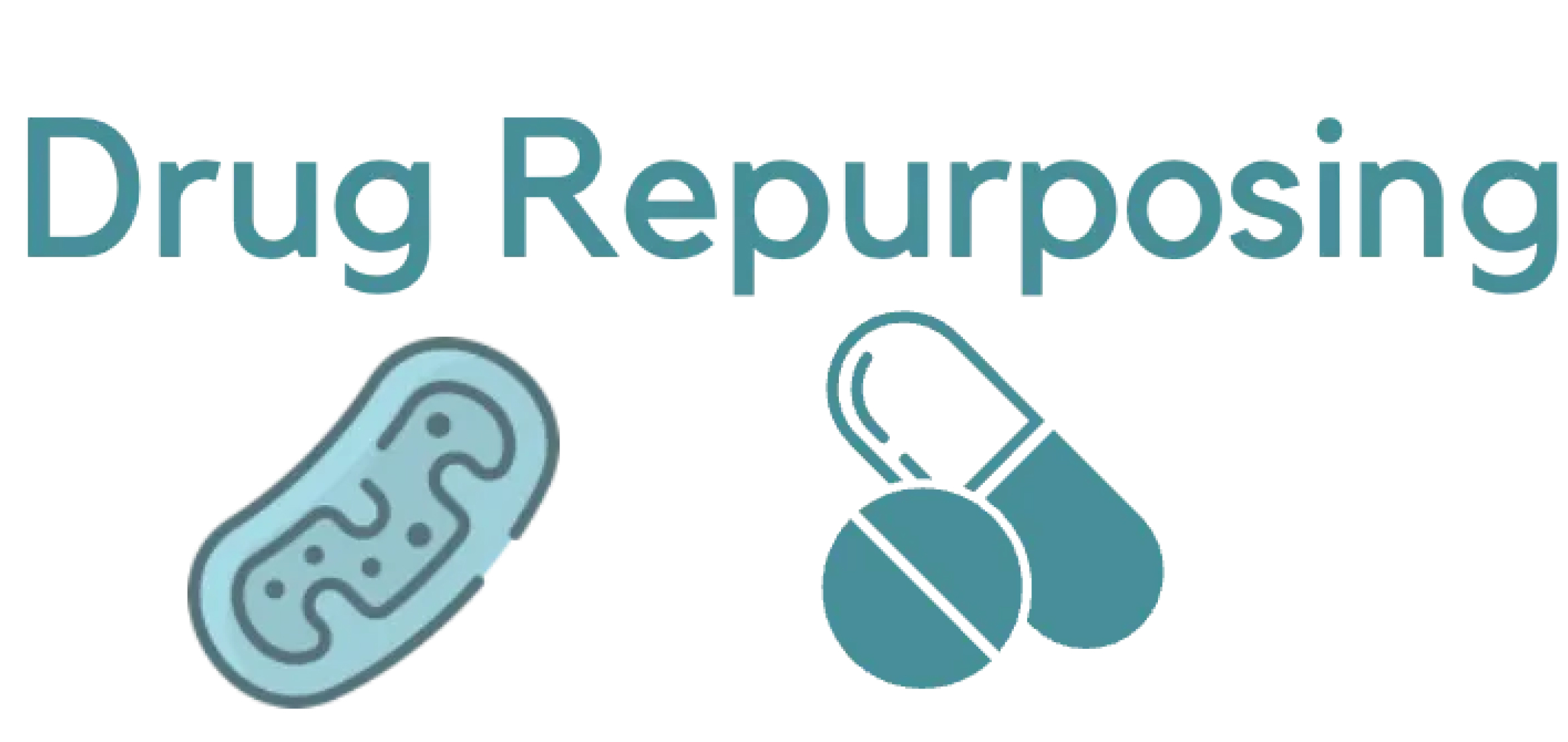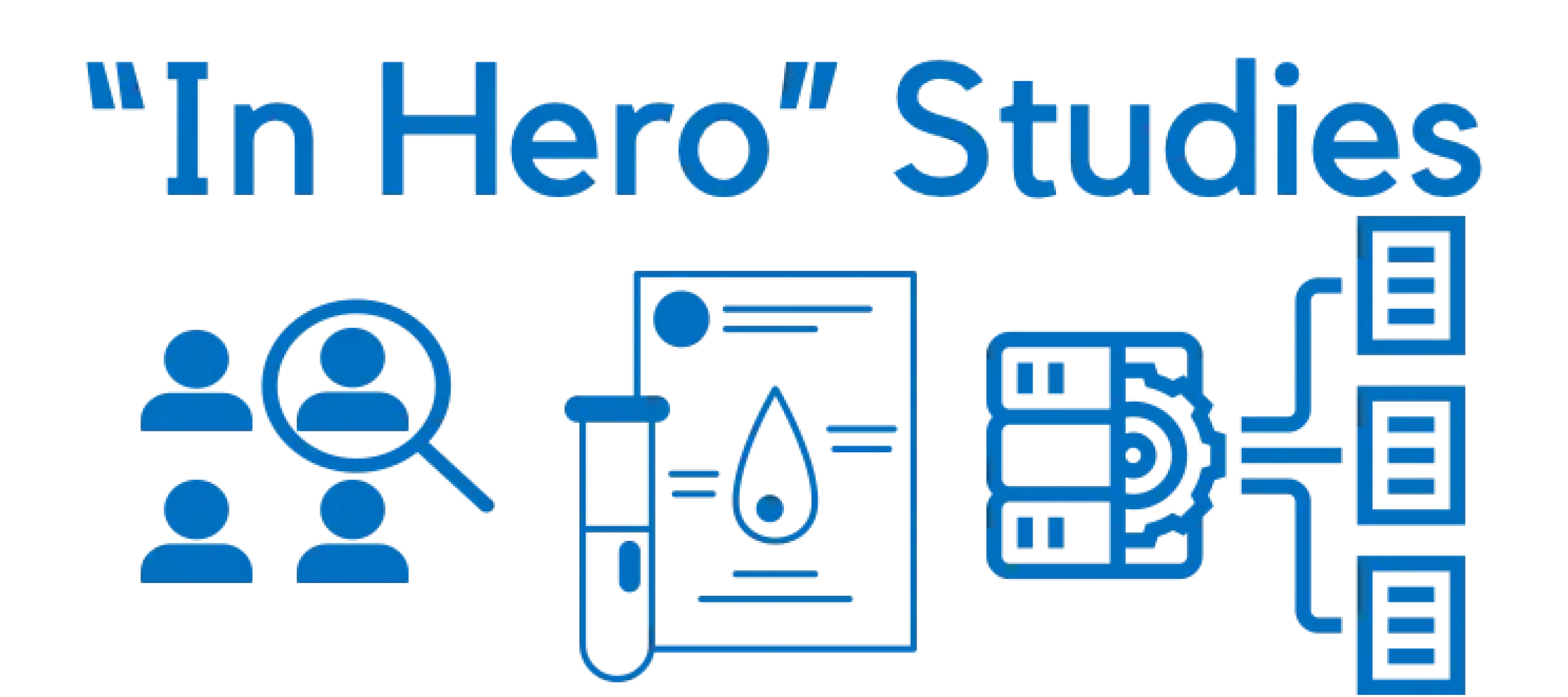Segment 1 - DRUG REPURPOSING
Parallelized, AI-informed Drug Repurposing



Our search for 8p treatments anchors in high-throughput, bias-minimized phenotype-rescue drug repurposing, in three 8p-hero-derived tissue types: fibroblasts (for baseline structural/functional and cross-tissue insights); iPSC-differentiated neural progenitor cells (for lineage-specific developmental insights); and iPSC-differentiated excitatory neurons (for insights on differentiated tissue dysfunction). In parallel, we aim to leverage ancillary insight from patient-reported outcomes, partnered academic projects (some using machine learning to mine multimodal findings), and data-grounded, physician-initiated off-label n-of-1-or-few trials.
Segment 2 - dISEASE MODELING
Disease in a Dish & Therapeutic Target Assessment



The advantage of unbiased drug repurposing screens is that they don’t require complete knowledge of the underlying disease mechanism. As we’ll discuss in Segment 3, targeting root causes of 8p disorders entails fixing and/or replacing damaged chromosomes, which drive chronic tissue stress even after neurodevelopment. The goals of this Segment are discovery of disease-modifying drug targets and aneuploidy-compensating pathways like the integrated stress response (ISR), which will provide added and in some cases significant therapeutic benefit above what will be provided by repurposed drugs.
Segment 3 - Cell and Chromosome Therapies
Building the foundational toolkit



As both a hedge and a complement to Segments 1 and 2, we recommend collaborating with multiple academic groups (and if possible early-stage biotech startups) on current and emerging modalities that are CNV-agnostic. As stated several times above, the rationale for focusing on the root cause of 8p disease – damaged 8p chromosomes – is that it obviates the need to validate driver genes one by one.
Segment 4 - In hero Studies
In Hero Studies To Elucidate Disease Drivers And Prototype Augmentative Terapies



Project 8p will continue to fund efforts to identify and recruit 8p heroes into the IRB-approved Chromosome 8p Registry and Biorepository led by principal investigator, Bina Shah, CEO of Project 8p in an effort to be agile with a sense of urgency. This is the start of a robust and standardized retrospective and prospective natural history study.
Project 8p will engage with cutting-edge biotech startups developing brain-computer interface devices, neuromodulation, or assistive technologies to explore pilot programs that will give 8p heroes access to experimental augmentation therapies. Read more…
Team Scientists

Dr. Alysson Muotri
A Brain Organoid model op 8p neurodevelopment
- A Brain Organoid model op 8p neurodevelopment
- A model for probing genes, pathways, networks and screening therapeutics.
- Differentiation of 8p family trio iPSCs into cortical brain organoids.

Dr.Aryeh Warmflash
Germ layer patterning defects in
8p.
- Understand the impact of 8p genes and regions on changes in early embyo developmetal.
- Identify potential points of early therapeutic intervention
- Assess germ layer patterning and changes in gene expression during early development in 8p lines

Dr. Hiruy Meharena
Omics characterization of neurodevelopmental defects in 8p
- Understand how 8p CNVs affect different brain cell types.
- Identify phenotypes for high throughput screening.
- Identify therapeutic intervention points.

Dr.Stefan Printer
CRISPR activation and inhibition lines for investigation of 8p candidate genes.
- Tools for probing candidate gene function in a dose- controlled manner.
- Tools for top-down and bottom-up screening of 8p modifiers
- Create euploid line with inducible CRISPRa/ and NGN2

Dr.Jason Sheltzer
Chromosome engineering for restoring disomy in 8p
- Understand the viability of chromosome engineering as a therapeutic strategy for 8p.
- Create genetically matched 8p and control lines.
- Test five unique strategies for restoring chromosome 8 disomy in 8p iPSCs.

Dr.Nicoleta Moisoi
Mitochaondrial dysfunction in
8p.
- Understand the role of mitochondria in 8p pathobiology.
- Identify pathways for intervention.
- Validate assays for high throughput drug screening.

Dr. Wendy Chung
Clinical and genomic characterization of 8p cytogenomic disorders
- Identify clinical phenotypes and genotypes common among 8p patients

Dr. Gene Yao
Genome engineering of 8p deletion and duplication control lines
- Cell lines for understanding the contribution of individual 8p rearrangements in isolation

Dr.Matt Might
mediKanren: a system for biomedical reasoning
- Identigy repurposed drugs with the potential to modulate 8p candidate gene functiuon

Dr.Glennis Logsdon
High resolution sequencing and assembly of chromosome 8p fro a hero with invdupdel 8p
- Identify exact breakpoints that define the disorder.
- Determine potential mechanisms of rearrangement.
- Better understand phenotypic variation and causal genes.

Dr.Scott Demarest
8p clinical Center of excellence- towards defining a clinical standard of care.
- Care for all aspects of the disorder
- Facilitate biospecimen and data collection
- Standardized natutal history studies
- Genotype-phenotype correlations

Dr.Dennis lal
Neurodevelopmental Disorder CNV Portal
- Educational resource for patients, families, clinicians
- Tool for variant interpretation and pathogenicity classification
- A central hub for researchers to explore interconnected data







